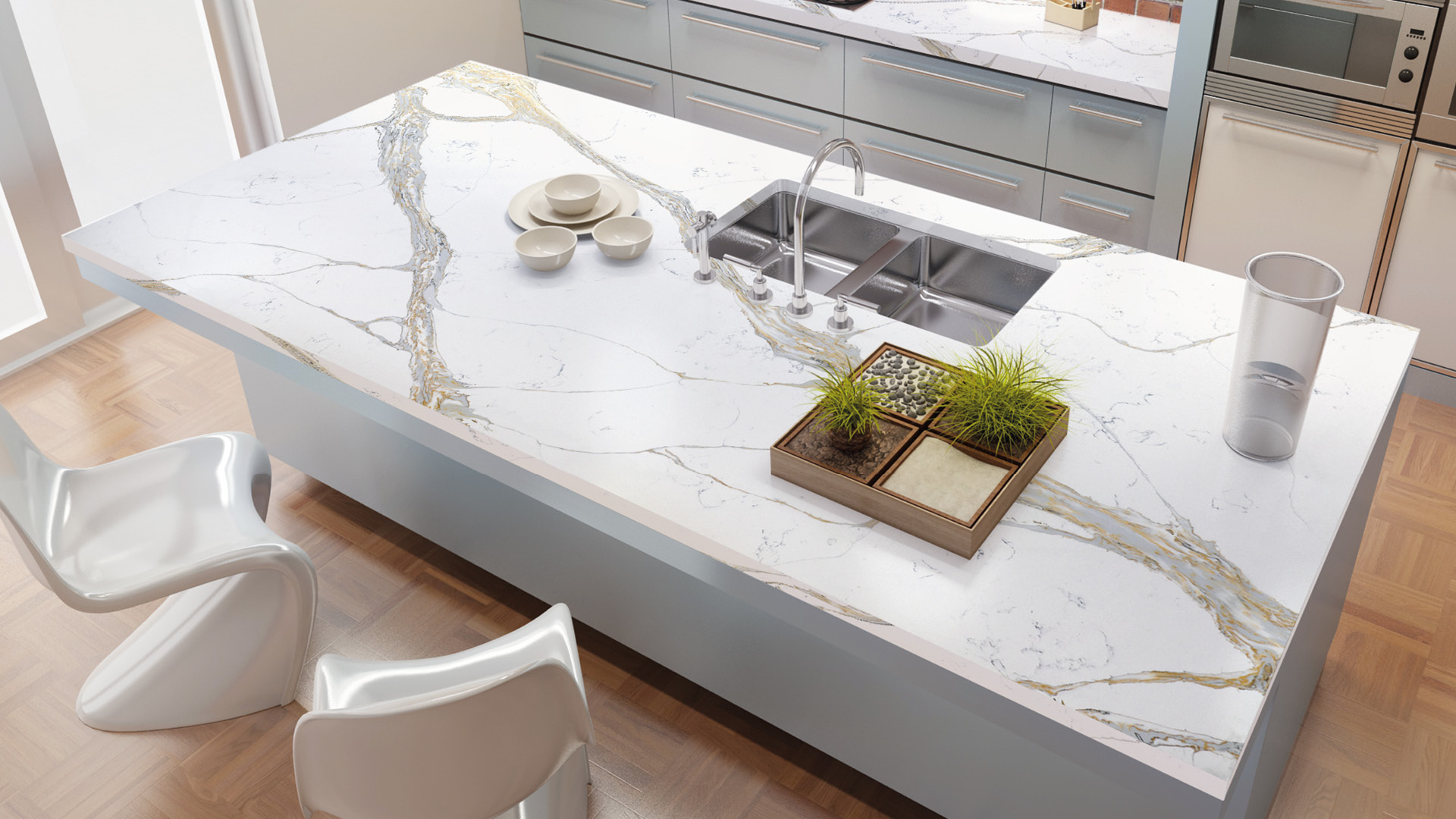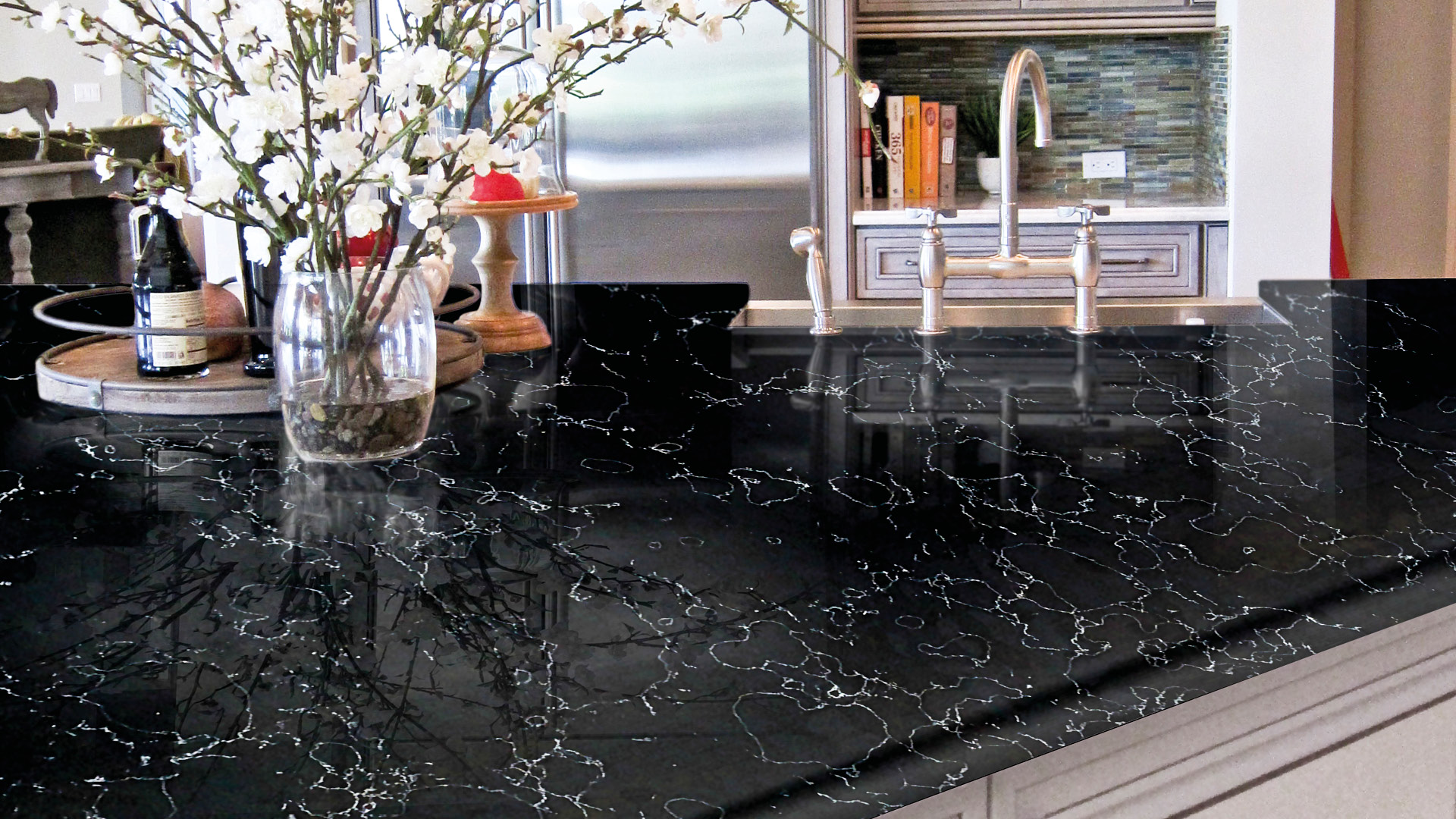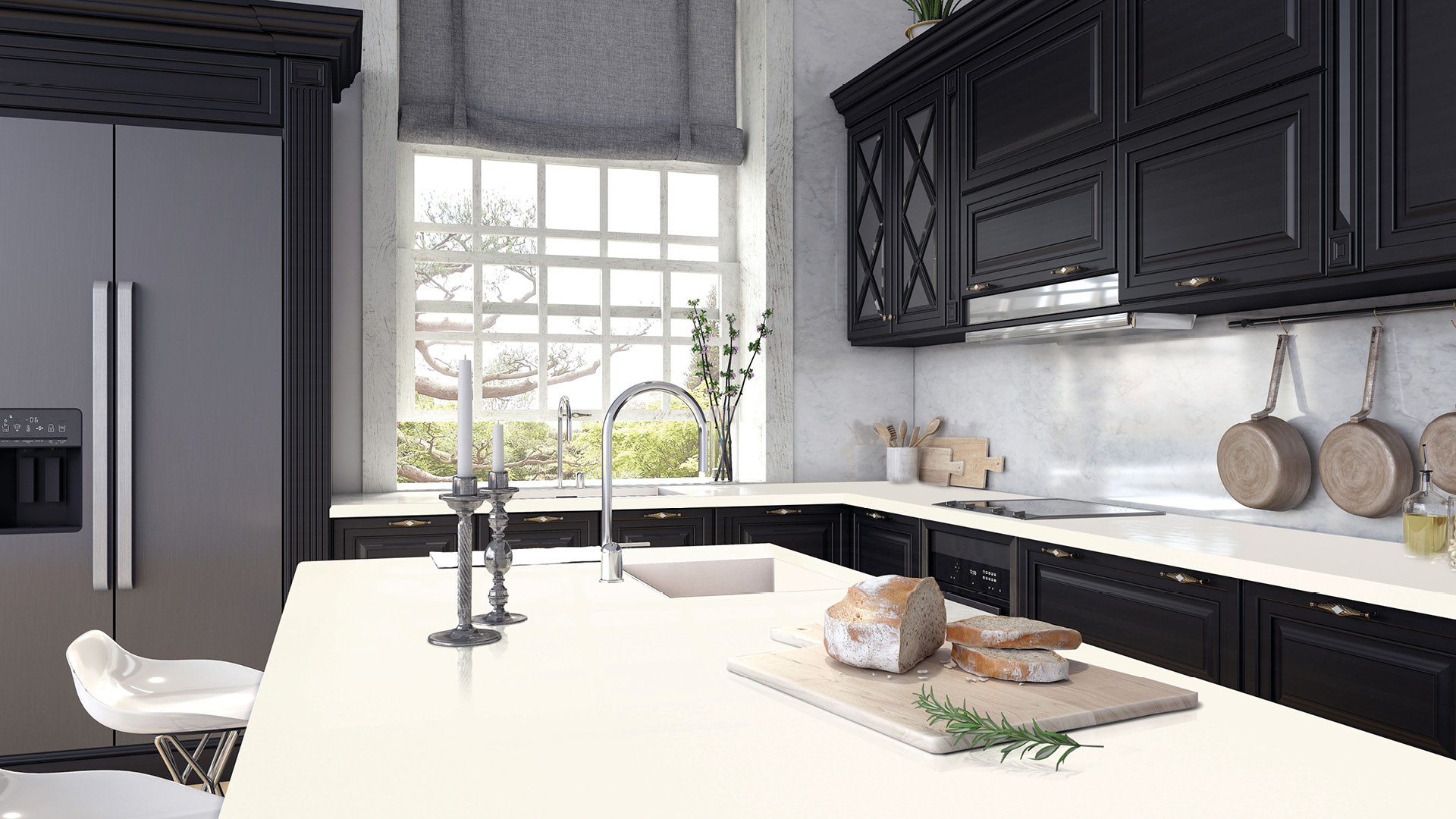
Understanding Quartz Surface and Natural Stone
To begin, let’s clarify the fundamental difference between quartz surface and natural stone—their origins. As the name suggests, natural stone is sourced directly from the earth, formed over millions of years through extensive geological processes that result in distinctive patterns and structures on its surface. Granite, marble, and quartzite are prime examples of natural stones extracted from rock deposits found in nature.
In contrast, quartz surface is an engineered material, often referred to as an artificial stone. It is created by combining natural quartz aggregate, polyester or acrylic resin, and pigments. Through innovative production techniques, quartz surface possesses characteristics that allow it to rival and even surpass the qualities of natural stones. In terms of physical and mechanical properties, as well as appearance, quartz surface closely resembles its natural counterpart.
The Beauty of Diversity: Comparing Aesthetics
One of the most captivating aspects of natural stone is its inherent uniqueness. No two slabs of marble or granite are identical, as each piece showcases its own distinctive veining, coloration, and patterns. This organic beauty is highly sought after by those who appreciate the one-of-a-kind nature of their interior elements.
Quartz surface, while engineered, offers an impressive range of design possibilities. With advanced technology, manufacturers can create quartz surfaces that mimic the appearance of various natural stones, from the classic elegance of marble to the rugged charm of granite. The added benefit of quartz surface is its consistency in color and pattern, ensuring a uniform look throughout the entire installation.

Durability and Resilience: A Battle of Strength
When it comes to durability, both natural stone and quartz surface are formidable contenders. Granite, for example, is known for its exceptional hardness and resistance to scratches and chips. However, quartz surface takes durability to the next level. Composed of 93-95% natural quartz, one of the hardest minerals on Earth, quartz surface is virtually indestructible. It can withstand the rigors of daily use in high-traffic areas like kitchens and bathrooms without showing signs of wear and tear.
Maintenance and Hygiene: Simplicity vs. Sensitivity
One of the most significant advantages of quartz surface over natural stone is its low maintenance requirements. Natural stone, particularly marble, is porous and requires regular sealing to prevent stains and etching from acidic substances. Quartz surface, on the other hand, is non-porous and highly resistant to stains and bacterial growth. Its smooth, sealed surface makes it incredibly easy to clean and maintain, requiring only a simple wipe-down with soap and water.
Cost Considerations: Balancing Beauty and Budget
When it comes to price, quartz surface offers a more affordable alternative to high-end natural stones like marble or exotic granites. While the cost of quartz surface varies depending on the quality and design, it generally falls within a more accessible price range compared to premium natural stone options. This affordability, combined with its exceptional durability and low maintenance, makes quartz surface an attractive choice for budget-conscious homeowners and designers.

Versatility in Application: Endless Possibilities
Both natural stone and quartz surface offer endless possibilities for interior applications. From stunning kitchen countertops and backsplashes to elegant bathroom vanities and feature walls, these materials can elevate any space with their timeless beauty. Quartz surface, in particular, has gained popularity in modern kitchen designs due to its sleek appearance and hygienic properties. Its versatility extends beyond countertops, as it can be used for flooring, wall cladding, and even custom furniture pieces.
The Verdict: Choosing the Right Material for Your Space
Ultimately, the choice between quartz surface and natural stone depends on your personal preferences, design vision, and practical considerations. If you are drawn to the organic beauty and uniqueness of natural stone and are willing to invest in its maintenance, then granite or marble may be the perfect fit for your space. However, if you prioritize durability, low maintenance, and a wide range of design options at a more affordable price point, quartz surface is an excellent alternative that offers the best of both worlds.
Whether you opt for the timeless elegance of natural stone or the innovative beauty of quartz surface, both materials have the power to transform your interior spaces into stunning works of art. By understanding their distinct characteristics and properties, you can make an informed decision that aligns with your vision, lifestyle, and budget. Embrace the possibilities and create a space that truly reflects your unique style and personality.